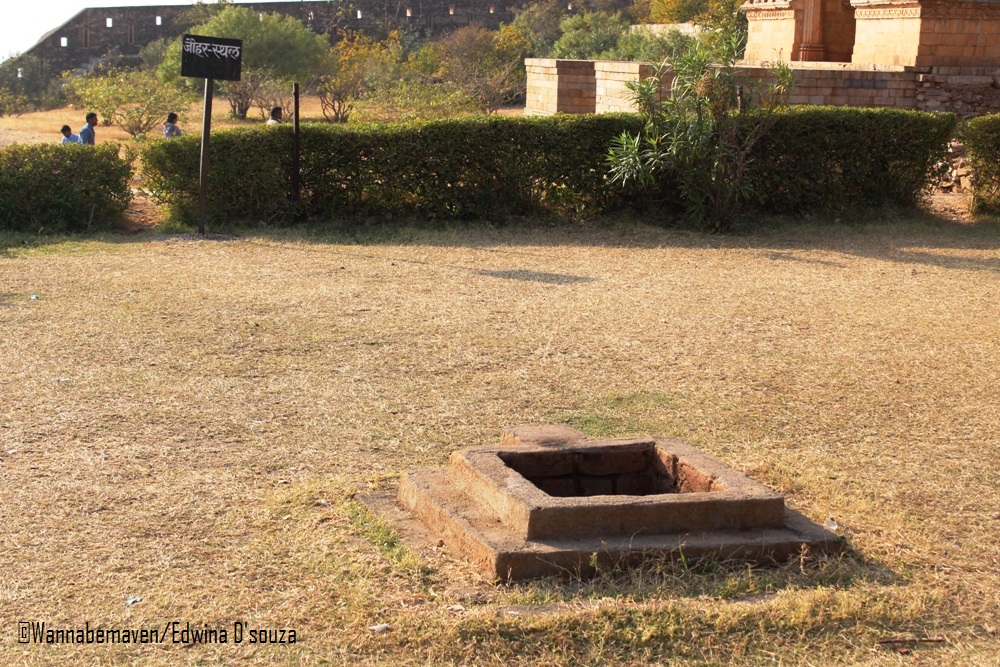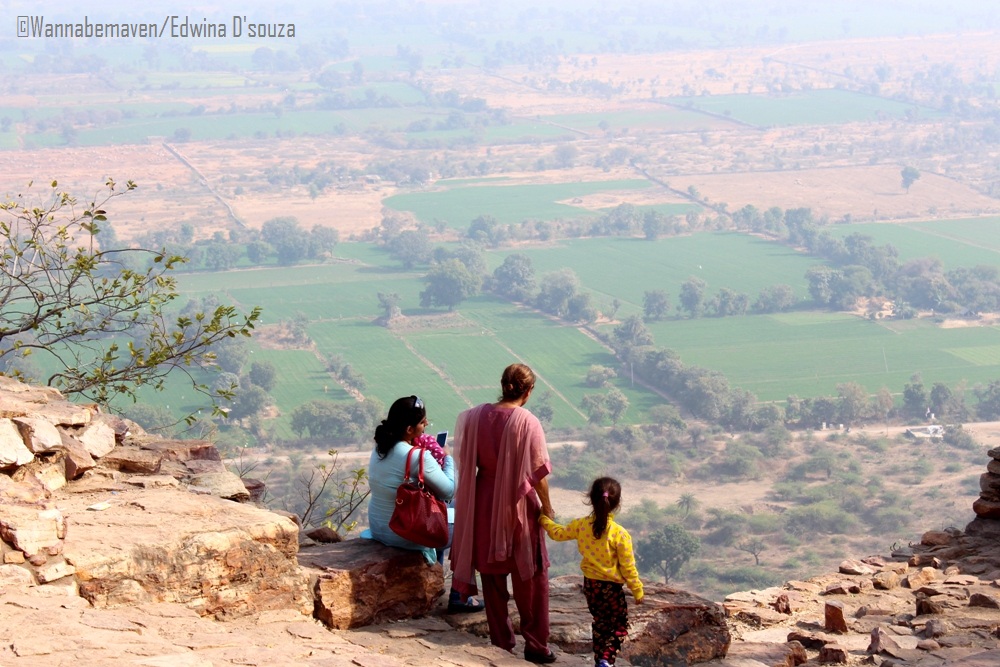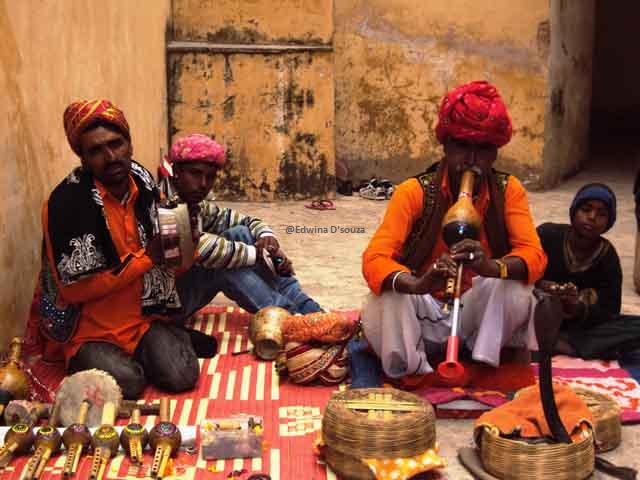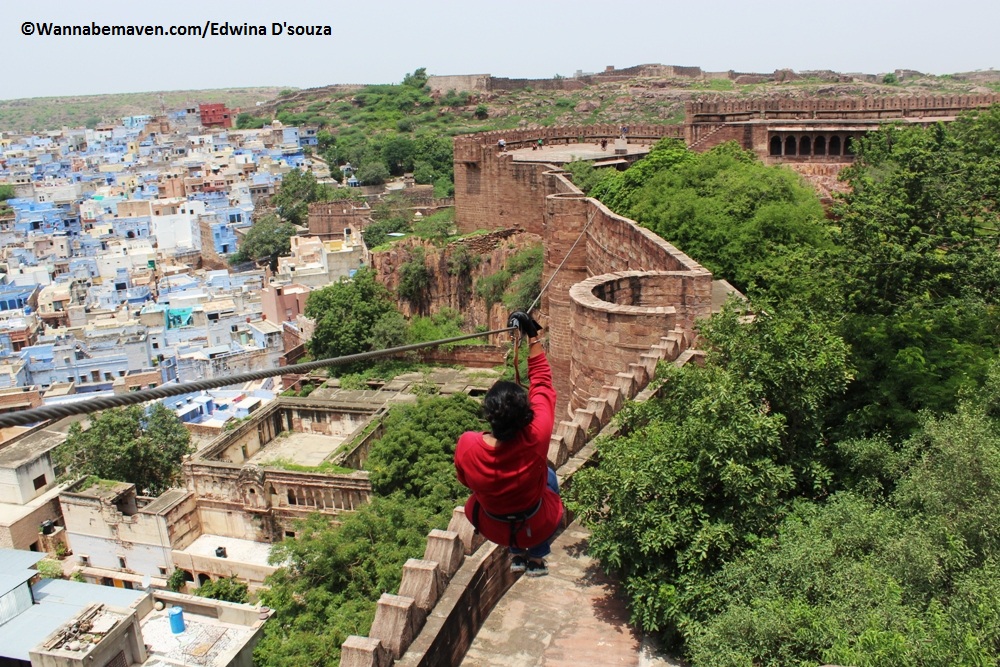One morning in January 2016, a friend and I were touring Chittorgarh Fort. We saw the Meera Bai temple, Rana Kumbha’s Palace, Karni Mata temple, Kirti Stambh, Vijay Stambh and other prominent ruins. But the story we took home was that of Rani Padmini and the Chittorgarh Jauhar.
Jauhar is an act of self immolation where women jump to death in a huge fire bowl, known as Jauhar Kund. It was similar to Sati, but Jauhar was practiced only by Rajput women. During wars, hundreds of Rajput men lost their lives while the women were treated like trophies by invaders. Rajput women preferred death over being captured for harem. The Chittorgarh fort has witnessed three Jauhars between 1303 and 1568.
Fields that were once a battle ground in Chittorgarh
Importance of Chittorgarh for Invaders
As the capital of the Mewar dynasty, invaders always eyed Chittorgarh. The fort was among India’s largest and strategically located between the Delhi sultanate and Surat. Invading and gaining access to Chittorgarh would invariably help in strengthening their rule.
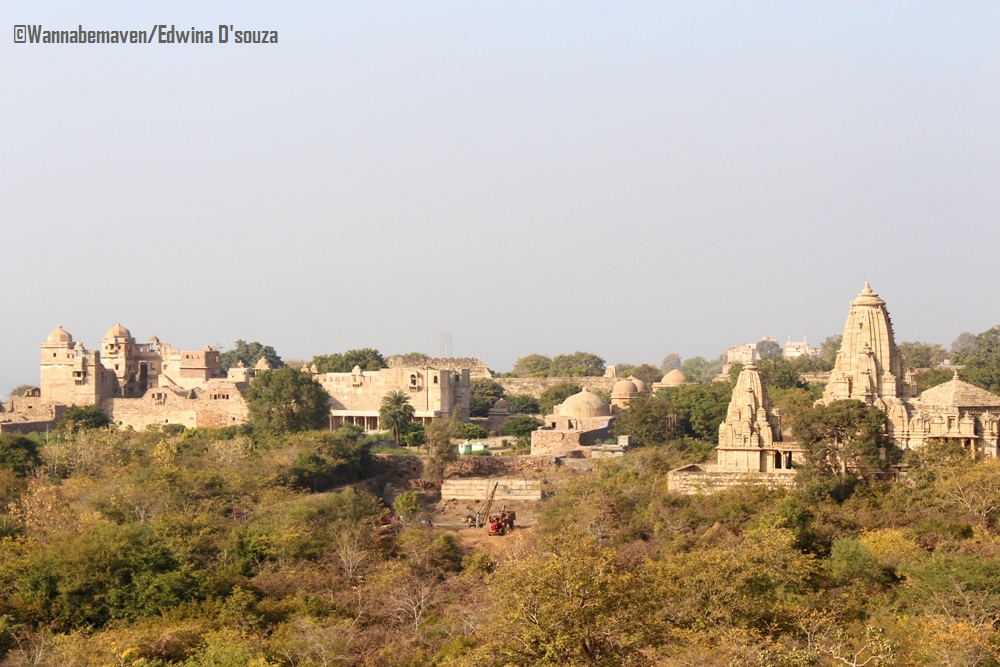
Rani Padmini’s Jauhar
The internet is full of stories related to Rani Padmini. Her life has been adapted into a Hindi television series and a film by Sanjay Leela Bhansali in 2018.
Rani Padmini was the 15th queen of Rawal Ratan Singh, the ruler of the Mewar dynasty during 1302 – 1303 CE. According to the 16th century poem – Padmavat, Allaudin Khilji was a powerful ruler of the Khilji dynasty who was besotted by Rani Padmini’s beauty. He stopped food supplies to Chittorgarh fort and laid a condition that he would not siege warfare on Chittorgarh if he is given a glimpse of Rani Padmini. Ratan Singh agreed to Khilji’s whimsical request and arranged for him to see Rani Padmini from the men’s palace using a special arrangement of mirrors.
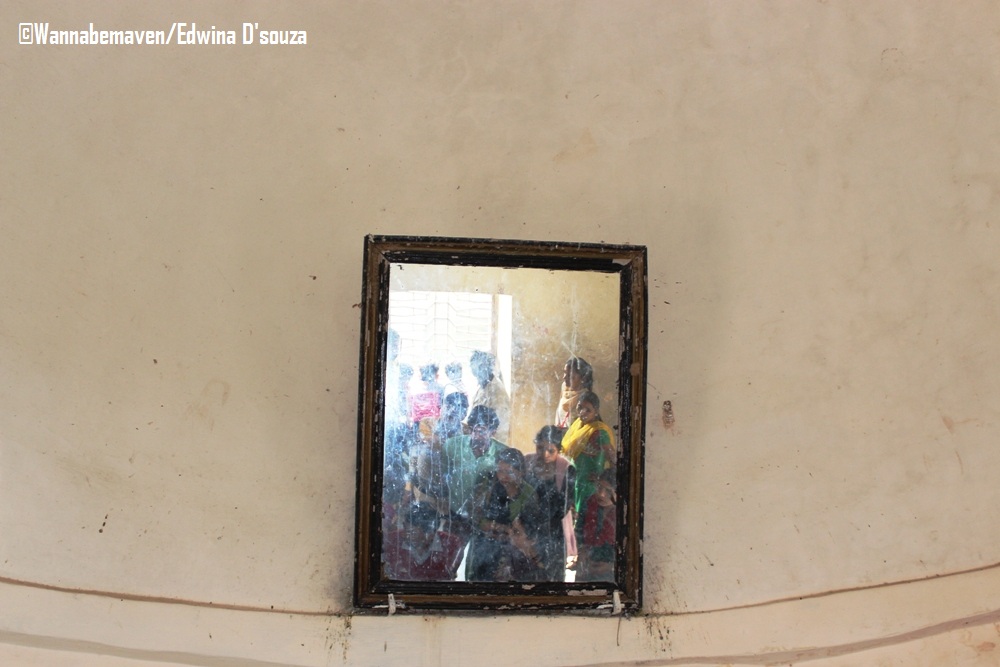
After Khilji saw Padmini, he turned back on his words and captured Ratan Singh. Rani Padmini fought the Khilji dynasty to rescue her husband and a battle ensued that killed Ratan Singh. When the Rajputs sensed that defeat was inevitable, Rani Padmini along with 16000 Rajput women committed a mass suicide called Jauhar.
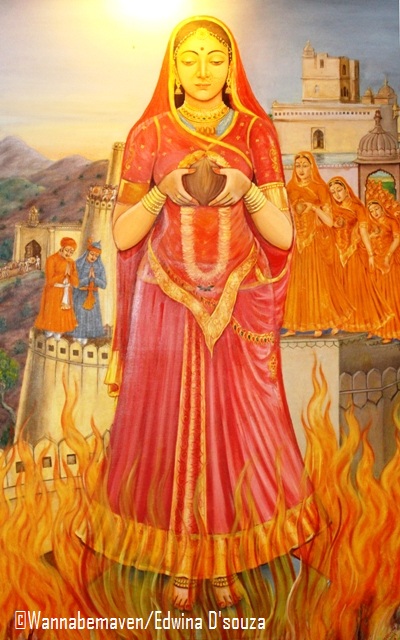
The first Jauhar was carried out over a period of six months. As the men died in the battle-field, the women dressed in their wedding attire and jumped to death in the Jauhar Kund.
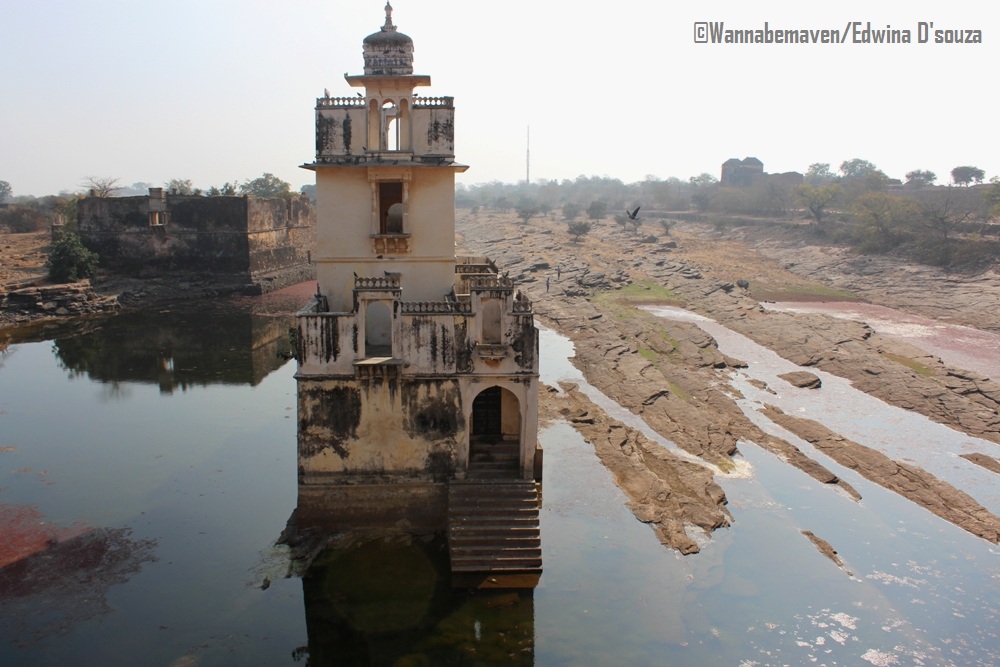
The Jauhar of Rani Karnavati
The second Jauhar occurred in the year 1535 when Bahadur Shah of Gujarat invaded Chittorgarh. Rani Karnavati was the queen of Rana Sangha who died in 1528 during the Battle of Khanua. Karnavati was Sangha’s widow and a woman warrior who courageously fought Shah’s dynasty. However, when defeat was certain at the hands of Bahadur Shah, she along with other Rajput women committed Jauhar.
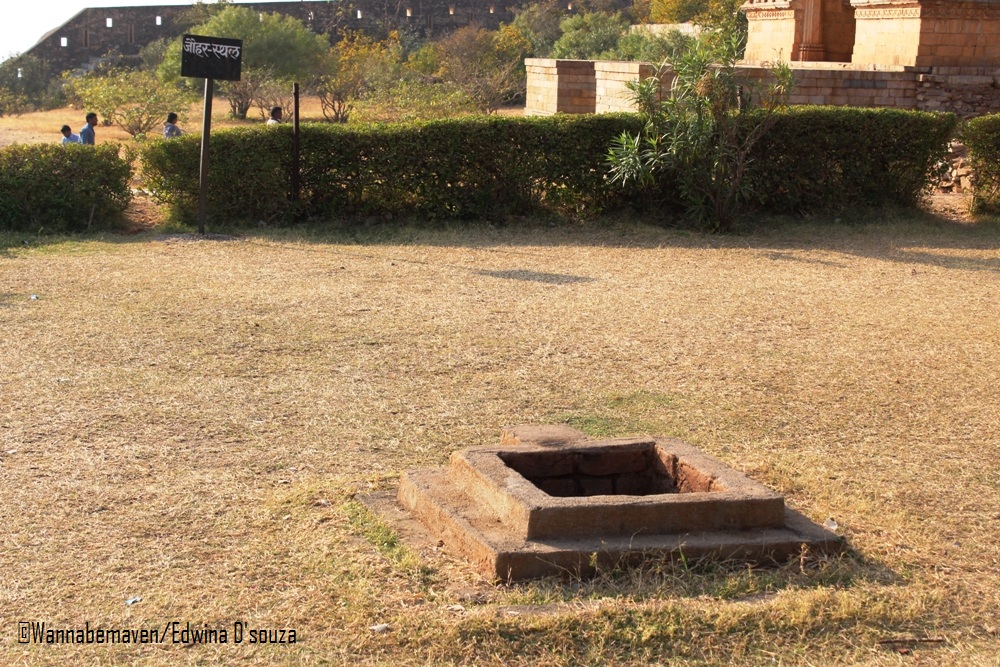
Third Jauhar during Akbar’s rule
Another historic Jauhar occurred when Akbar sieged Chittorgarh in 1568. The Mughal army stormed the fortress and saw a massive fire emanate from the act of Jauhar committed by over 3000 Rajput women.
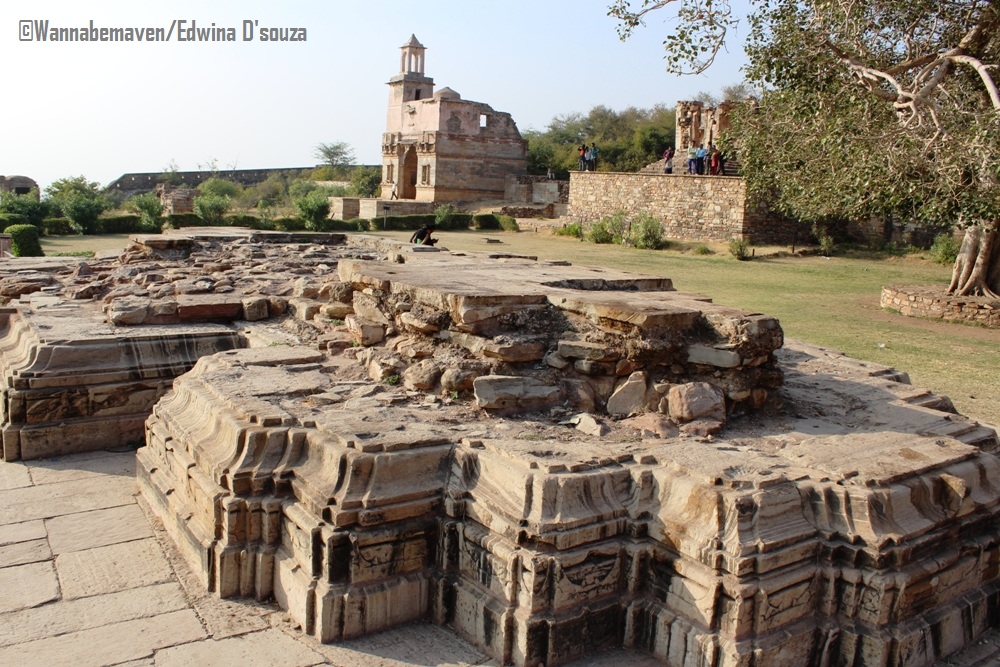
Today, the site of the Jauhar Kund is a vast green patch opposite the Vijay Stambh. A small board that reads ‘Johar sthal’ stands there to claim its now forgotten existence. Without knowing the story behind the Jauhar sthal, visiting this site would have made no sense. I’m glad we hired a guide who shared this piece of history while we stood there trying to imagine every bit of his narration.
The Jauhar sthal was our final stop at Chittorgarh and a perfect way to end the tour.
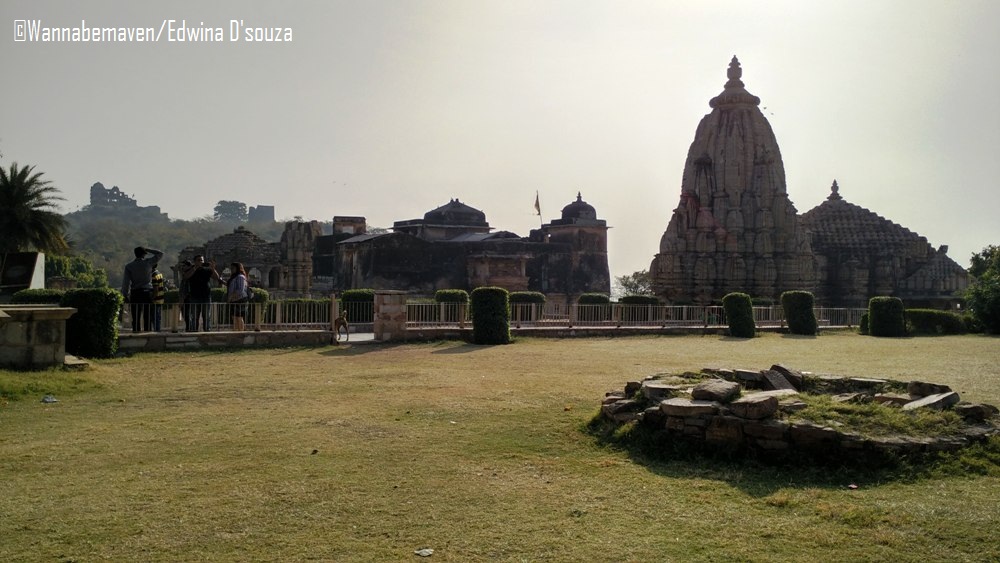
===
Liked this post on Chittorgarh Jauhar? Also check out…
Marwari tradition of Lumba Rakhi for women
How I planned a trip to Udaipur in 8k
===
Empower us with a voluntary contribution
The content on wannabemaven.com is free for all readers. However, you can voluntarily pay after you have read the article(s), if the content was useful, it helped you, and you are satisfied with the quality of the information.
A lot of time, effort and money is put to ensure the website has quality content and remains up-to-date. Even a small amount you decide to pay justifies the efforts put in.
OR
Thank you for your support!
===
Join me on YouTube, Facebook and Instagram for more such travel stories and photographs. Subscribe to this blog to receive my newsletter with cool travel stories and updates in your inbox.
